L'idea di conservare di cinema
Edition 2016 |
Charlie Chaplin will open the 30th edition of Il Cinema Ritrovato on Saturday June 25 with Modern Times, a film that, in Peter von Bagh’s words “perhaps better embodies the 20th century, a minimalist film which opens up new horizons”. Chaplin’s extraordinary original score will light up the first evening in Piazza Maggiore thanks to the Orchestra of Bologna’s Teatro Comunale conducted by Timothy Brock.
The second cine-concert, on Wednesday June 29, will feature Charlie Chaplin again with our brand new restoration of The Kid accompanied by Chaplin’s 1971 score restored and revised by Timothy Brock; Buster Keaton’s newly restored The High Sign and Cops, with scores composed respectively by Donald Sosin and Timothy Brock will complete the evening.
And then, night after night new restorations and unforgettable film experiences: Vittorio Gassman and Jean-Louis Trintignant whiz by in a convertible Aurelia headed for a bitter destination in Dino Risi’s Il Sorpasso, or Dustin Hoffmann in his Duetto on the way to a more liberating (but who knows) end in Mike Nichols The Graduate…
Carbon projections will shine their special light anew for three evenings of screenings in Piazzetta Pasolini.
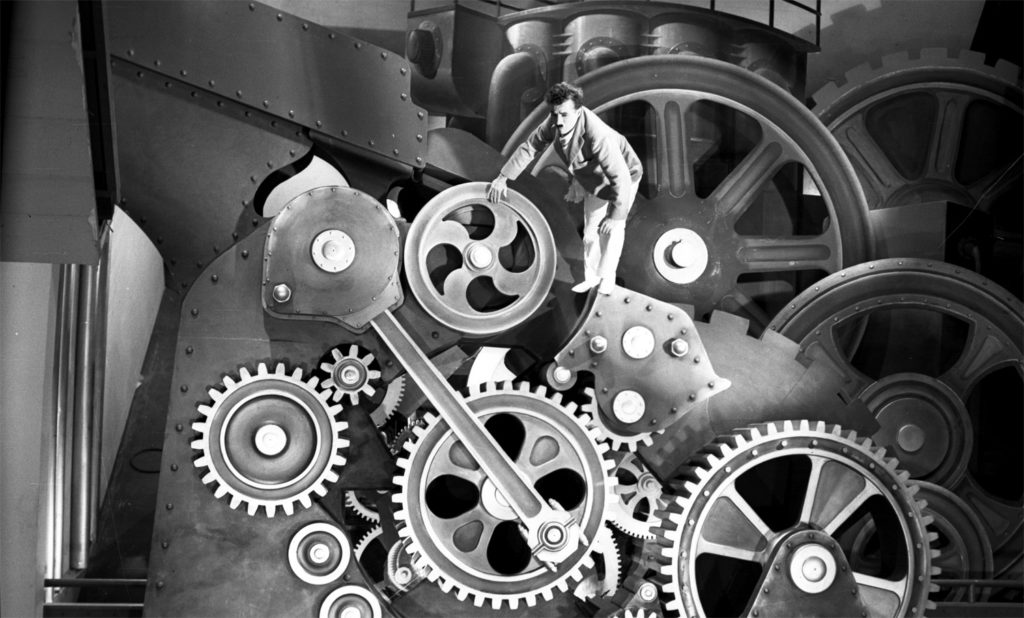
This year too our section on color techniques, one of our most anticipated and beloved programs, offers a vast selection. As usual, Technicolor is a display of irresistible temptations: archives around the world have been scoured for these invaluable vintage 35mm prints that will light up the screen of the Arlecchino theater with smiles, tears, costumes, kiss-scenes, make-up, dancing, everything that life is not. Technicolor is a magical word, an adventure for the eyes, the map of a hidden treasure: a vision of cinema, a vision of the world. New to this edition is the exciting return to the debut of color film: Kinemacolor, the first successful color motion picture process. Patented in England, its life was brief (1908-1914) but it produced a series of absolutely spectacular films: gems of early cinema that restoration today finally brings back to life.
Program curated by Gian Luca Farinelli

A selection of the best 35mm and digital restorations from around the world. Il Cinema Ritrovato’s hallmark section continues to offer an unparalleled view of both kinds of restoration and visual experience. Fritz Lang and Borzage, Carné and Huston, Resnais and Bellocchio, Pietro Germi and Robert Altman, Paul Meyer and Thomas White: more than ever 2016’s Recovered & Restored is a mosaic of classic and contemporary works, in and out of the film history ‘canon’, acclaimed masterpieces and discoveries.

“Our hero came from Nowhere, he wasn’t going Anywhere and got kicked off Somewhere” reads the first card of The High Sign, the first comedy Buster Keaton made independently after his experience with Arbuckle. Full of ingenious, surreal gags, like the chase scene, The High Sign was released in 1921. It is also the first of the five new Keaton Project restorations. Thanks to the active collaboration of many film archives and endless hours of comparison, reconstruction and restoration, this year the Keaton Project will take us on a trip through the comedian’s universe with Cops (1922), perhaps his most classic two-reeler; the levity and physical dexterity of Paleface (1922); and Seven Chances, a perfect example of how he transformed a farce – imposed on him by Schenk – into a film full of extraordinary comic gags. The Keaton Project, officially launched in 2015, is promoted by Cineteca di Bologna and the Cohen Film Collection.
Program curated by Cecilia Cenciarelli
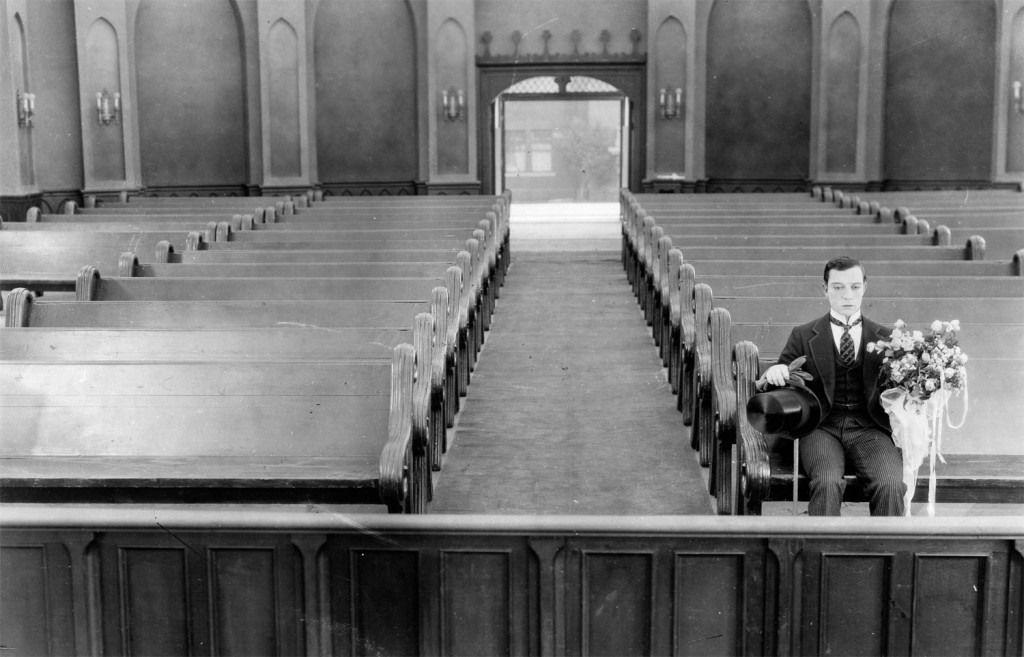
A monument of American cinema who became a legend the very moment he walked through the doors of the Actors Studio. He was the most virile and brazen of the three golden boys of his generation. He was wildly talented, echoed in the excesses of his biography: “as close to a genius as I’ve ever met among actors” (Elia Kazan, father-mentor, worshiped and disavowed). Over time, he loved, exploited and scorned Hollywood, going from one role to another with the ease of a “guileful salamander” (Truman Capote): he is the unforgettable Kowalski of A Streetcar Named Desire, the biker of The Wild One, actor and director of the pre-Leone western One-Eyed Jacks, and for Chaplin he braves the waves of a sophisticated, spectacularly off-key comedy. This year several film archives happened to have completed restoring Marlon Brando films – an offer we couldn’t refuse.

Founded in 1912 by Carl Laemmle, Universal Pictures remains among the powerhouses of the American entertainment industry. This series focuses on one segment of the studio’s rich history – the period from 1928 to 1936, when the studio’s head of production was Carl Laemmle, Jr, the founder’s son. Known condescendingly as ‘Junior’ Laemmle and the butt of endless Hollywood jokes (“the son also rises”), the younger Laemmle was in fact a sophisticated, ambitious, risk-taking producer, who gambled the studio’s finances on a series of challenging projects – and eventually lost. When cost overruns on the 1936 Show Boat the studio was forced into the hands of its creditors. Yet, that brief period yielded an extraordinary number of important films, including Dracula, Frankenstein and All Quiet on the Western Front. This program, however, concentrates on lesserknown works, much of it with a distinctively European flavor provided by Universal’s many émigré directors, including James Whale, Paul Fejos and William Wyler. The series includes the European revival premiere of the 1930 musical revue King of Jazz, with its Technicolor returned to eye-popping glory.
Program curated by Dave Kehr, in collaboration with The Museum of Modern Art, New York and Universal Pictures

A lover of American film, of jazz, of youth, Jacques Becker (1906-1960) was the best liked and the most respected among the filmmakers in the days of the ‘Tradition of Quality’, but he disowned the kind of cinema they were doing. “I loathe my generation”, he once said. “It’s the generation of false pretense”. Never “one of them”, he felt closer to mavericks like Bresson, Ophüls and the upcoming Nouvelle Vague generation. As a filmmaker, he was able to move from a milieu to another with supreme elegance, and gave French cinema, with Goupi Mains Rouges the greatest film about rural France, with Rendezvous de juillet a manifesto for an ignored youth, with Casque d’or Simone Signoret’s true emblem of love, with Grisbi the greatest film noir (next only to Renoir’s Nuit du Carrefour, on which he had been an assistant); and with his masterpiece Le Trou he was, in Serge Daney’s words, “the only one who could film the very idea of freedom”.
Program curated by Bernard Eisenschitz
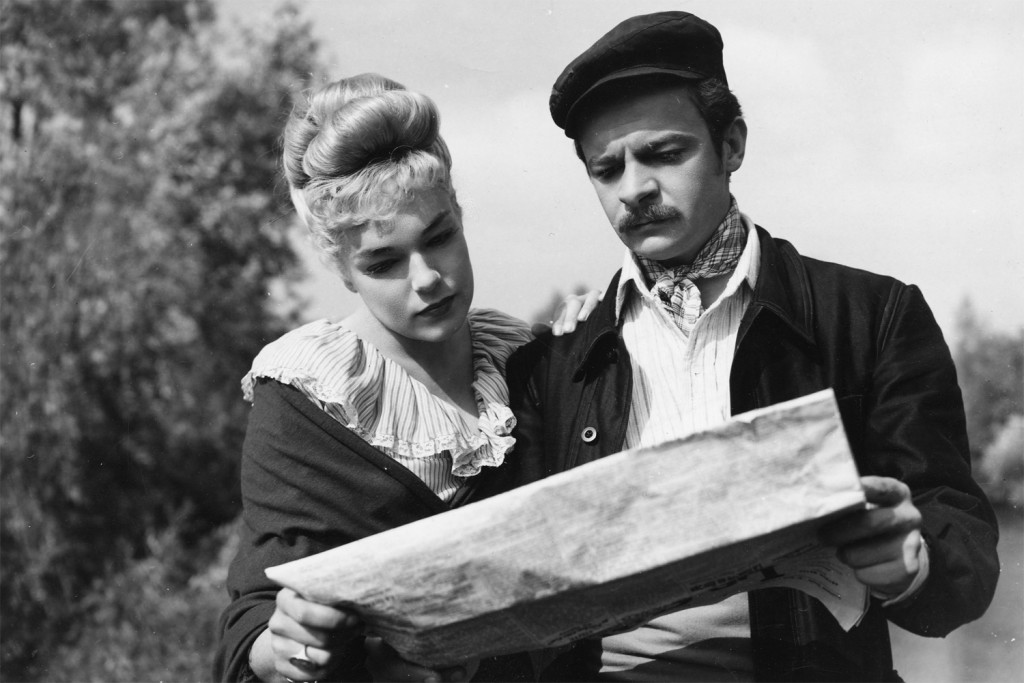
Brilliant and multi-faceted writer, director, television pioneer, reporter, a real gourmet, Mario Soldati is one of the most inventive figures of 20th-century Italy. For a long time critics focused on his literary adaptations of the early 1940s, like Piccolo mondo antico (1940) or Malombra (1942). Soldati’s originality as a filmmaker surfaces throughout his career. From 1930s comedies to his personal version of Neorealism (Fuga in Francia, 1948, a noir reminiscent of the mood of works by Welles or Sternberg), from genre movies of the 1950s to the surprising modernity of La provinciale (1953), his work is comparable to great American cinema but with a love for literature that never overpowers it. A great writer of female characters, discoverer of actors and promoter of character actors and places, from the Alps to the Po Valley, Soldati is an elusive artist still to be rediscovered today.
Program curated by Emiliano Morreale, in collaboration with CSC – Cineteca Nazionale
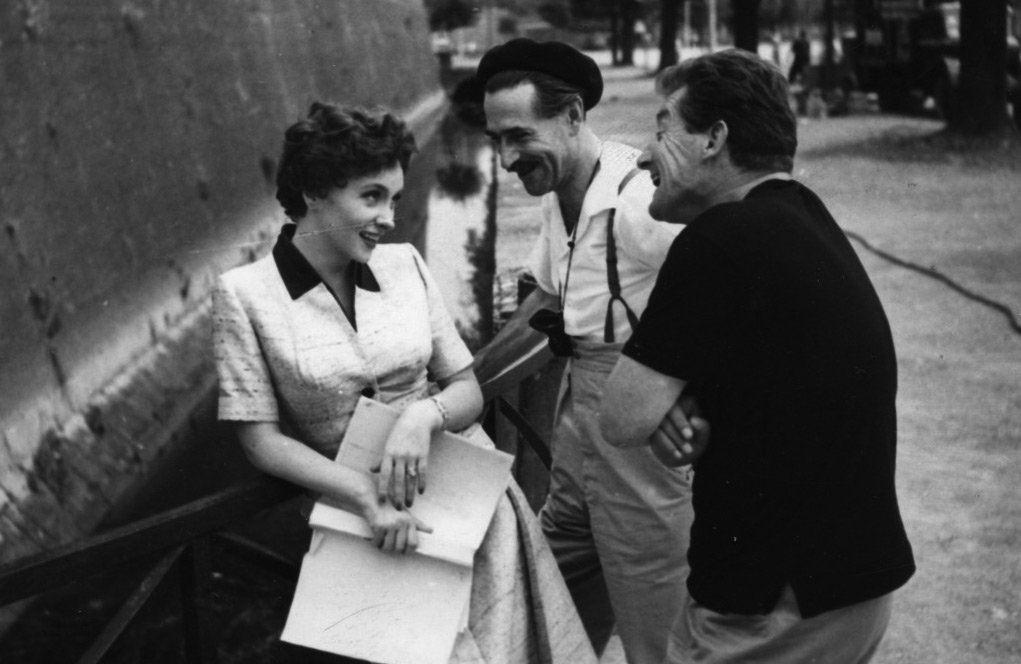
Cinema that tells the story of cinema, investigates its past and the figures that have made its history: from the pioneer of trick films Segundo de Chomón to a visionary filmmaker like Nicolas Roeg to Volker Schlöndorff’s 1970s portraitinterview of dancer, cabaret artist and actress Valeska Gert. Straight from the Cannes Film Festival, a journey into French cinema made by director and cinéphile Bertrand Tavernier. The documentary as a means for reflecting on the past and the present: with rare archive materials Letters from Baghdad takes us back to the Middle East of the early 20th century. Finally, the Coppola Family under a magnifying lens. And a portrait of the festival’s forever best friend, Peter von Bagh.

If 2015 celebrated the 120th anniversary of the Lumière brothers’ invention, 2016 marks the anniversary of Year One of cinema: the year in which the cinematograph invaded, conquered, multiplied and reinvented the world (including in Italy and even Bologna on August 27). “There was a time when cinema sprang from the trees and rose from the sea, when man with his magic machine stopped in squares, went into cafes, when all screens opened a window on infinity. That was the time of Louis Lumière” (Henri Langlois). Il Cinema Ritrovato will present a selection of the 1896 ‘Lumière Season’ in collaboration with the Institut Lumière of Lyon.

A year of big names and major productions. Czarist Russian films, ‘official history’ the year before the revolution with new restorations of tinted prints (Bauer, Protazanov); American Triangle-Fine Arts films, with the splendor of its stars (Douglas Fairbanks, Norma Talmadge) and captivating grandeur (Intolerance). In the shadow of the war and its empty, triumphant rhetoric, films and comedies celebrating the joy of fleeting moments sprang up, and the esprit dada made its appearance: parody movies, film as collages and objets trouvés. It was a year of great filmmakers and discoveries: Borzage, Genina, Rodolfi, Stiller, Perret, along with figures like Fabienne Fabrèges or Heinie and Louie. It was also a year of women screenwriters: from legendary and brilliant Anita Loos to multi-faceted actress-writers like Bianca Virginia Camagni, Zoja Barantsevich and Diane Karenne.
Program curated by Mariann Lewinsky

Starting with Coeur fidèle (1923, in which she acted in an important role) Marie Epstein was the screenwriter and co-director of at least four of her brother Jean Epstein’s silent films. In 1928 she and Jean Benoît-Lévy began directing poetic films on social issues that placed emphasis on the expressive power of amateur actors and young protagonists. Masterpieces like Peau de Pêche, La Maternelle and La Mort du cygne combined the objectivity of documentaries and the deep emotions evoked by Epstein’s screenplays. From 1950 to 1977 Marie Epstein worked for the Cinémathèque française as a pioneer of film preservation and restoration.
Program curated by Mariann Lewinsky and Emilie Cauquy, in collaboration with Cinémathèque française

For the ninth consecutive year Il Cinema Ritrovato showcases films from around the world with restorations by the World Cinema Project, Martin Scorsese’s special program ran by The Film Foundation. This year’s selection includes two restorations jointly launched and supported with the Cinémathèque Royale de Belgique, The Boys from Fengkuei (1983) and Taipei Story (1985), two seminal titles for the Taiwanese Nouvelle Vague also resulting from Hou Hsiao-hsien’s and Edward Yang’s artistic collaboration. Through the use of different and personal styles, both Hou and Yang offer a new and original point of view on the complexity and paradoxes of a country shifting from traditional values to modern materialism. Just as lucid and honest is Tomás Gutiérrez Alea’s Memories of Underdevelopment (1968), which just nine years after Batista’s overthrow, brought to the screen – from within the regime – a provocative and non-Manichean conversation about the Cuban revolution. Perhaps this is the first film that succeeded in capturing and interpreting the particularities of Cuba’s history and culture through a ‘Cuban’ perspective. British activist Adrian Cowell’s Raid into Tibet is the closing title of this section, the only documentary testimony of Tibetan resistance to Chinese troops.
Program curated by Cecilia Cenciarelli
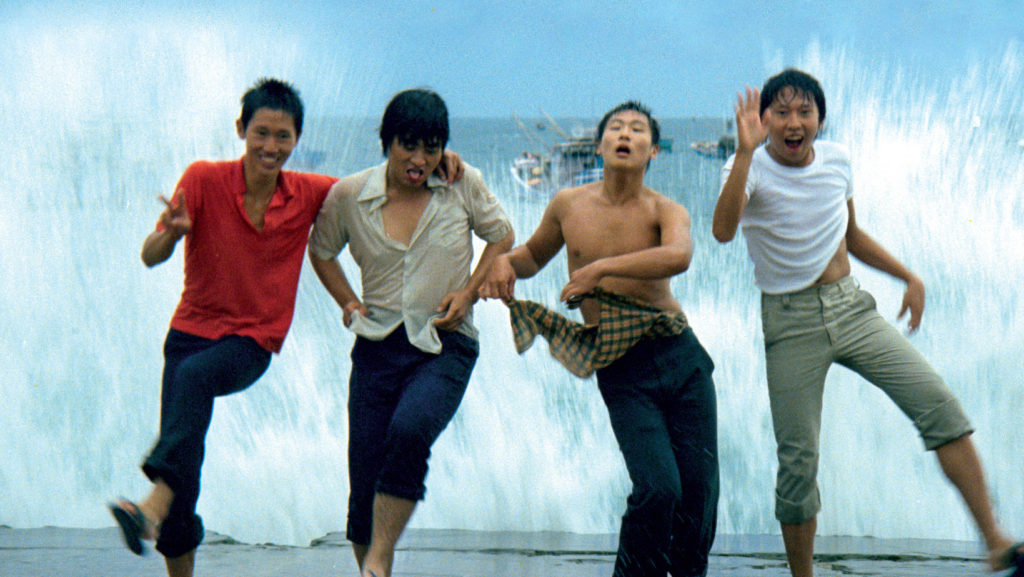
Every history of an Art implies illumination more than division. This ‘alternate history’ of Argentine film does not present celebrated films, the quality of which is unquestionable, but casts an indirect light on several works unknown outside their country of origin and sometimes even unknown to idle commentators in the field. Folklore and politics are not part of this selection, which, instead, sheds light on a society torn between cosmopolitism and marginalization.
Program curated by Edgardo Cozarinsky and Fernando Martín Peña, in collaboration with INCAA

Dusk, part two of our look at Thaw cinema’s lesser known glories draws a bleakly severer picture than Dawn, last edition’s selection of Soviet 50s treasures: black & white becomes again en vogue (Dom, v kotorom ja živu, Lev Kulidžanov and Jakov Segel’, 1957); genre cinema turns towards edgier themes dealt with in tones sometimes broodingly macho (Ognennye vërsty, Samson Samsonov, 1957) and sometimes gloomily melancholic (Raznye sud’by, Leonid Lukov, 1956); with even socialist realism turning tortured and riddled by doubts and despair (Pavel Korčagin, Aleksandr Alov and Vladimir Naumov, 1956). Early masterpieces by subjects for further research like Vasilij Ordynskij meet little known late gems by geniuses of old like Vladimir Petrov, offering a Soviet cinema of cloudy joy, moody panache and a lot of unexpected experimentation.
Program curated by Olaf Möller e Peter Bagrov, in collaboration with Gosfilmofond of Russia

In the late 1950s, Japan rapidly expanded its colour film production. By 1958, when Yasujiro Ozu directed Equinox Flower, with its ravishing red kettle, almost every top-rank director in the country had realised at least one colour film – with the exception of Akira Kurosawa, who was to hold out for black and white until 1970. In the process, directors and cinematographers discovered not only the picturesque potential of color, but its expressive and ideological uses. This second part of a retrospective of early Japanese color film will showcase some of the finest colour films of the postwar era, both celebrating their aesthetic beauty and charting the way in which the new colour medium was used to illustrate the turbulent experience of Japan in an era of rapid change.
Program curated by Alexander Jacoby and Johan Nordström, in collaboration with the National Film Center of Tokyo
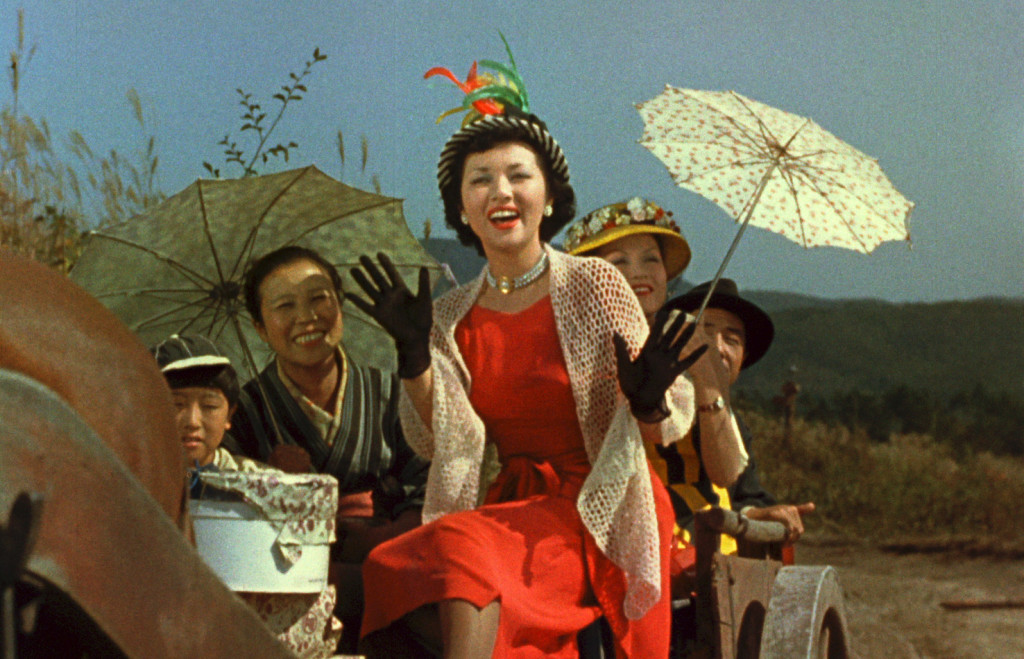
Time to celebrate the first Iranian independent documentary film studio, which during its 10-year run managed to produce some of the most remarkable entries (both documentary and fiction) in the history of Iranian cinema including Brick and Mirror (1964) and The House Is Black (1962), the latter the first Iranian documentary directed by a woman. One man is responsible for this enterprise: the filmmaker, producer, writer and translator Ebrahim Golestan; a figure of special importance to Iranian culture, without whom the notion of an Iranian art cinema would have been an unlikely prospect. This is the first major European retrospective dedicated to films directed or produced by Golestan, a cinema of poetry, symbolism and profound involvement with history. Golestan’s films are, like the title of one of his documentaries, ‘the crown jewels’ of Iranian cinema.
Program curated by Ehsan Khoshbakht

Sixteen students from different schools of Bologna will partake in the festival as film history ‘ambassadors’: they will watch films, interview audience members, and make presentation videos of the main sections. They will also meet up with the students and teachers from France, Belgium, the Netherlands and Germany coming to the festival as part of the ABCinema Plus project and will accompany them on their discovery. The group will promote the festival’s screenings and special events on the web and across social media. Fans of film criticism between the ages of 16 and 19 can participate in Parole e voci dal festival: an editorial team coordinated by Roy Menarini that will follow the festival with the blog CinefiliaRitrovata.it and will suggest some of the program titles suited for young audiences.
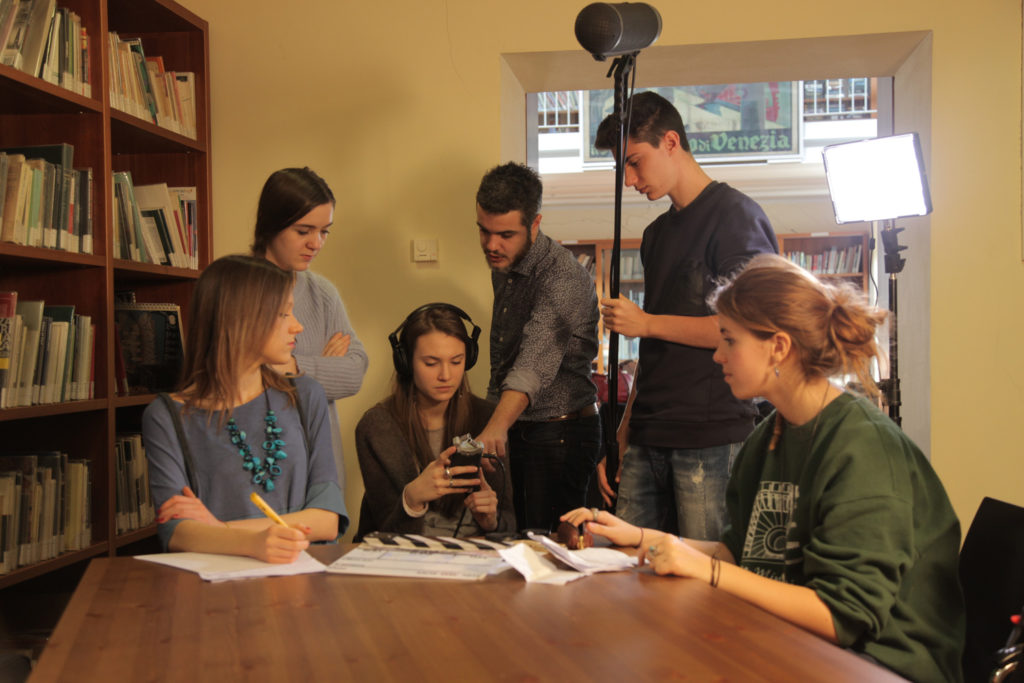
The Schermi e Lavagne Project features a special selection of films for the youngest of film-lovers at Cineteca’s Sala Cervi. A daily afternoon program for children touching upon different subjects: from film pioneers to the magic of fairy tales, works from the past and present from around Europe and beyond. Film-inspired workshops will follow the screenings.
